Holla Bend National Wildlife Refuge
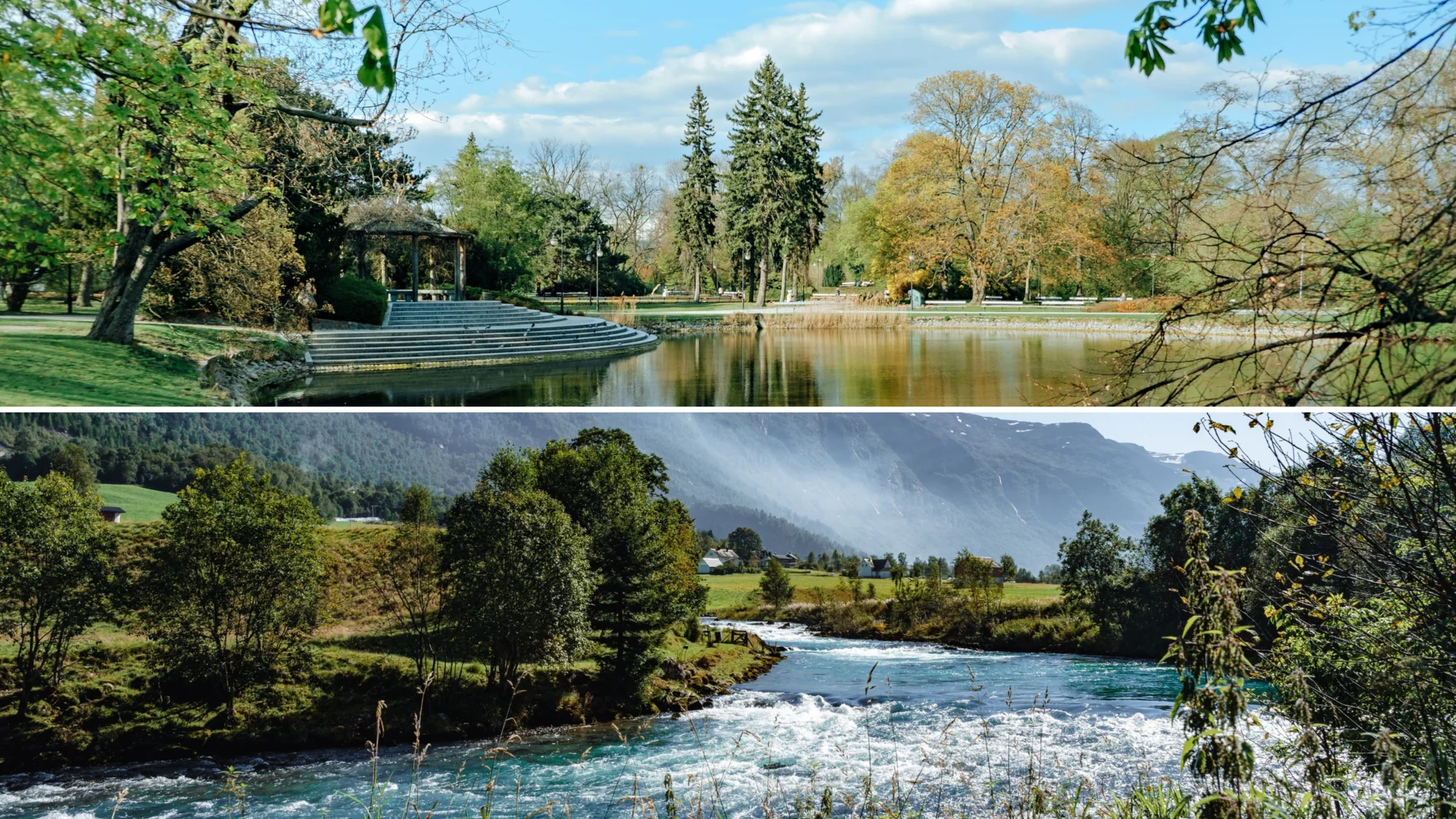
Holla Bend National Wildlife Refuge is the biggest green-tree reservoir in the world and is increasing. After the river was straightened for flood management, it was founded in 1957 on an old oxbow. The Refuge Refuge has cultivated land, bottomland forest, and open water as its primary habitat types, 7,000 acres. Its major aim is to house Mississippi Flyway ducks and geese in winter.
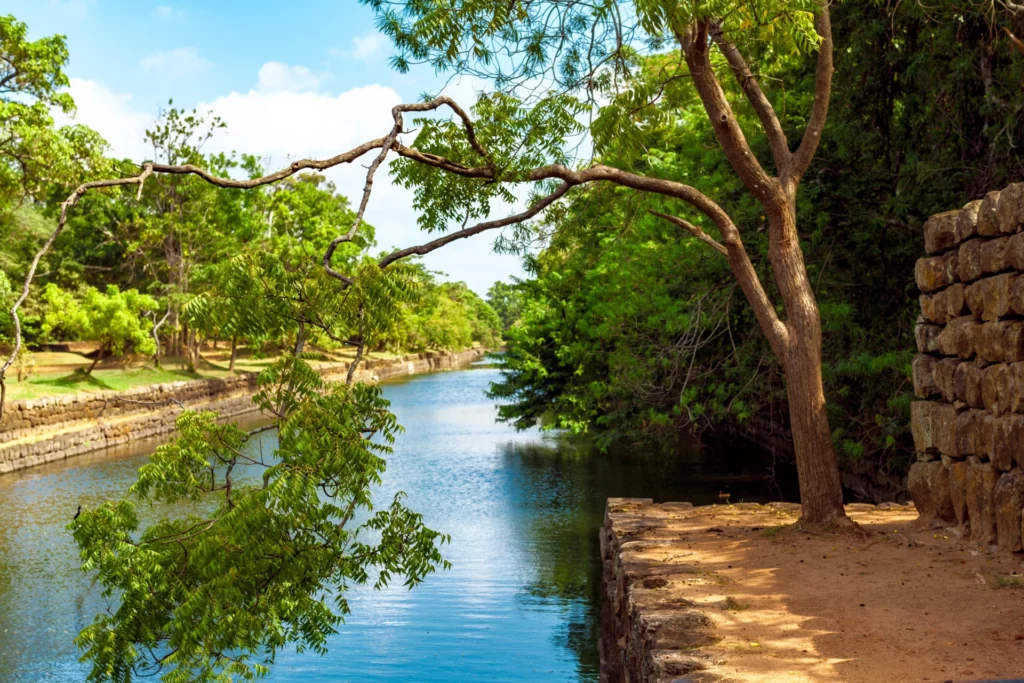
During spring and fall, migrations, ducks, and geese stop in the Refuge. Bald eagles and up to 100,000 ducks and geese can be found at the Refuge Refuge in winter. The Refuge hosts Central and South American Neotropical migrating songbirds in spring. Woodlands have vireos, warblers, buntings, and orioles. Holla Bend National Wildlife Refuge supports many wildlife species with its different habitats year-round.
Nature of Holla Bend National Wildlife Refuge
At Holla Bend National Wildlife Refuge, habitat management activities provide migratory ducks with vital feeding and resting locations. Milo, soybeans, maize, and winter wheat are often planted by farmers working together. Milo and soybeans are two of the primary sources of human nutrition, whereas corn and wheat feed waterfowl. Small impoundments dot the Refuge’sRefuge’s agricultural lands. Millet and smartweed grow in these places, which provide waterfowl with energy packed seeds.
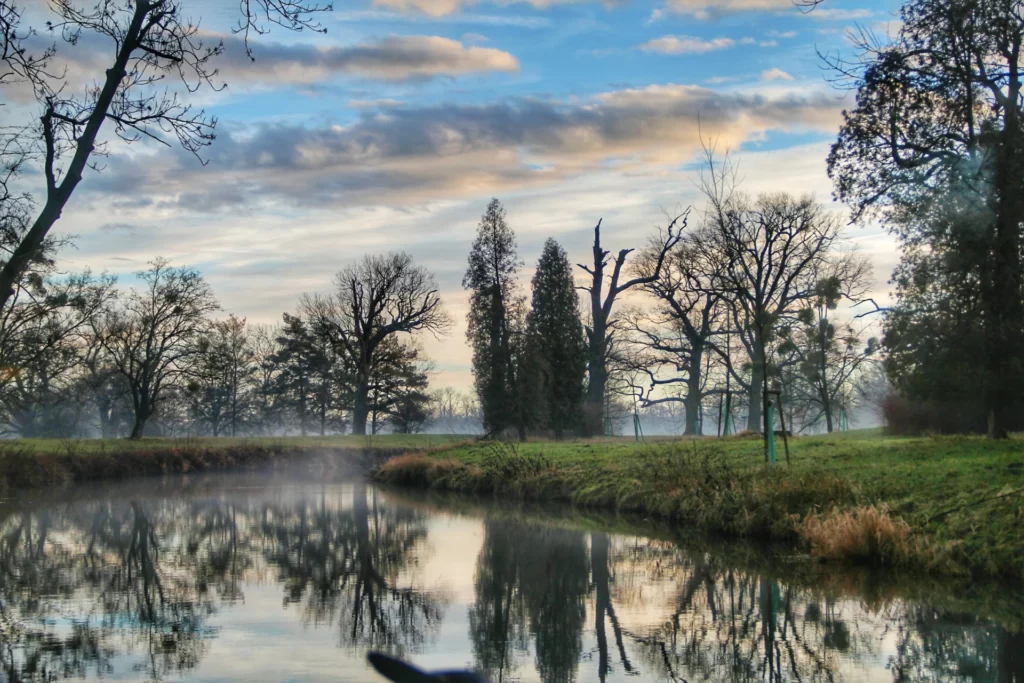
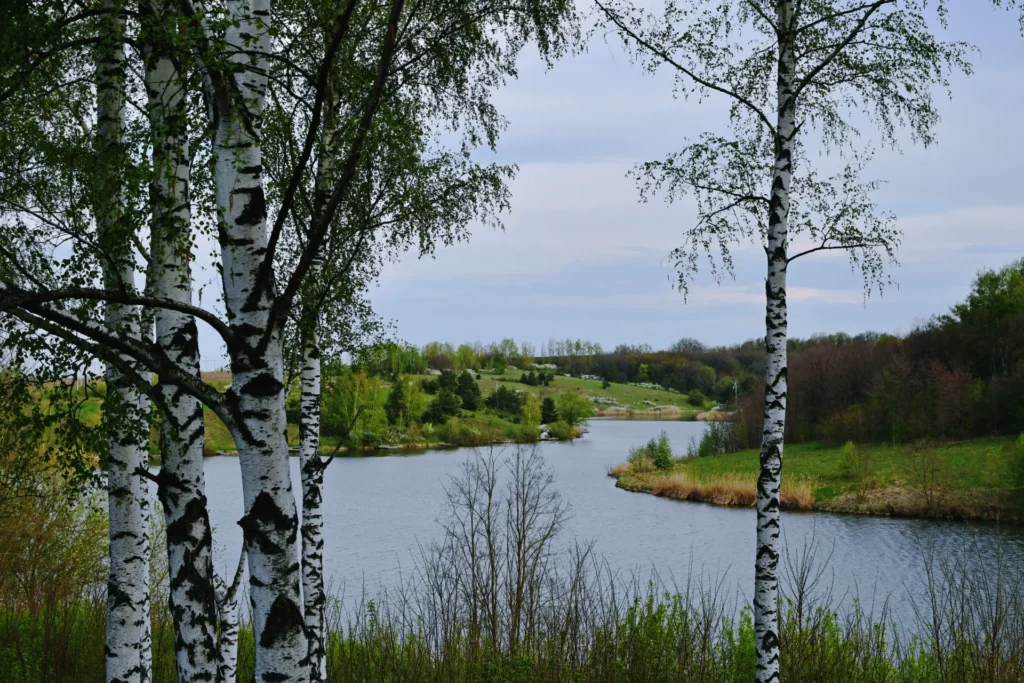
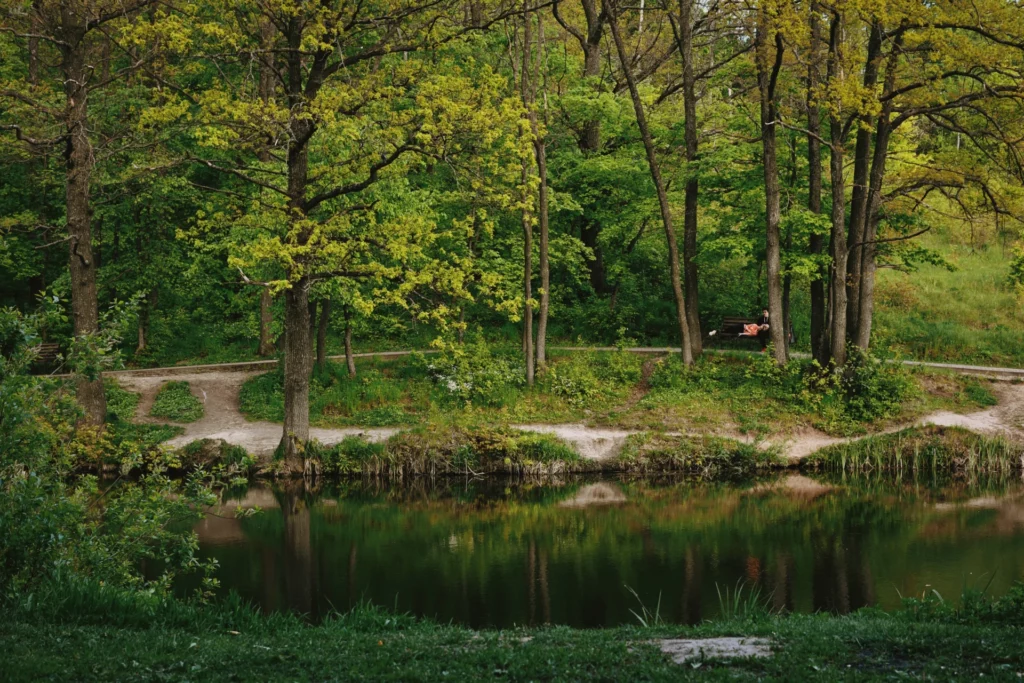
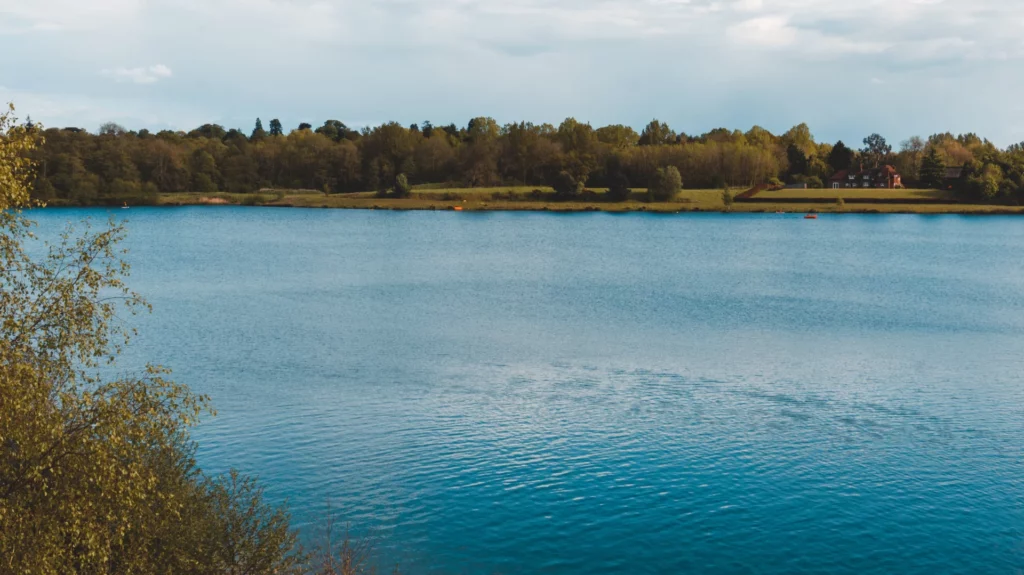
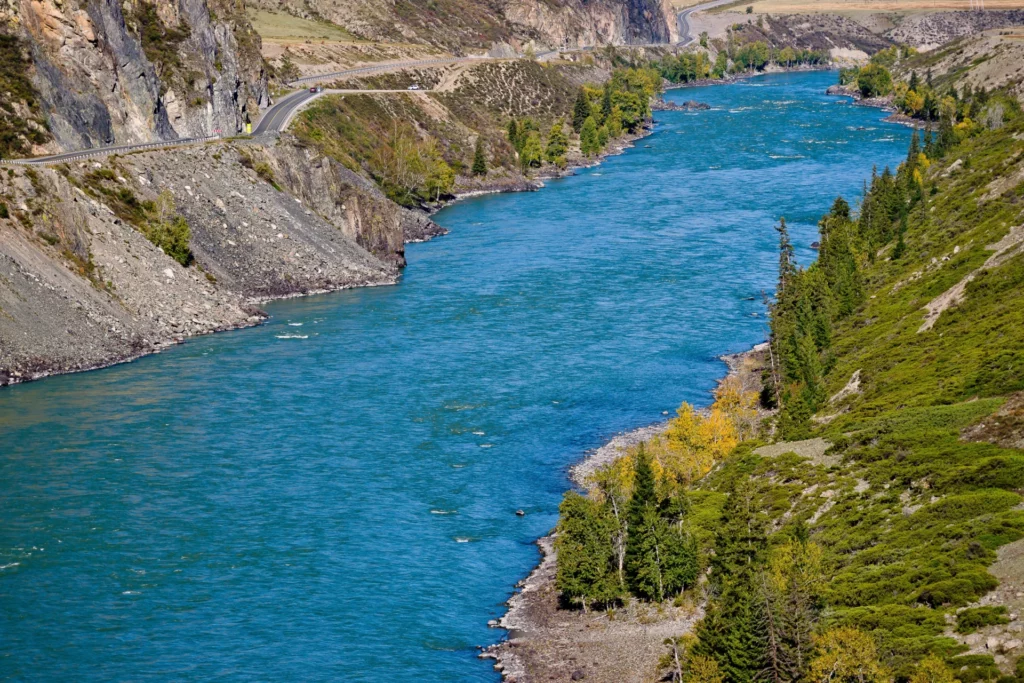
In winter, ducks flock to these locations. Bottomland tree species are planted along the old river channel, and refuge farmers are allowed to hay fallow areas to preserve tall and short grass zones. The original course of the Arkansas River channel is a great winter night roost for migratory birds. With its farm fields, water impoundments, and historic river channel, Holla Bend National Animal Refuge welcomes wintering waterfowl and other animals.
History of Holla Bend National Wildlife Refuge
Bottomland hardwoods and marshes cover 7,000 acres of Holla Bend National Wildlife Refuge along the Arkansas River. The history of the RefugeRefuge consists of an ancient oxbow that was created when the Army Corps of Engineers altered the river for the sake of transportation and flood control. Wintering waterfowl, bald and golden eagles, and songbirds use it. The Refuge’sRefuge’s conservation efforts protect diverse ecosystems and the region’s natural heritage. Holla Bend National Species Refuge’s beautiful terrain and abundant species demonstrate the significance of protecting our natural environment.
Activities At Holla Bend National Wildlife Refuge
Holla Bend National Wildlife Refuge offers a range of activities for nature enthusiasts. Capture stunning wildlife moments through wildlife photography, spot various bird species while birdwatching, and immerse yourself in the serene beauty of the Refuge’s natural surroundings. With its diverse ecosystem, Holla Bend provides ample opportunities for outdoor exploration and appreciation of the natural world.
Birdwatching At Holla Bend National Wildlife Refuge
The Holla Bend National Wildlife Refuge is an excellent location for those interested in birdwatching. The Refuge Refuge is a popular stopping point for migrating songbirds, ducks, and raptors due to its varied habitats and riverside location.
Trails and lookout points across the RefugeRefuge provide visitors with a chance to see a variety of birds in their natural environment. Birdwatching at Holla Bend is a rewarding experience for anybody interested in nature and birds, from those who want to see bald eagles soar to those who want to see the brilliant plumage of migratory songbirds.
Wildlife Photography At Holla Bend National Wildlife Refuge
Photographic opportunities abound in Holla Bend National Wildlife Refuge, so bring your camera. Waterfowl, eagles, deer, and other wildlife can all be photographed in the Refuge’sRefuge’s large wetlands, bottomland hardwoods, and open fields.
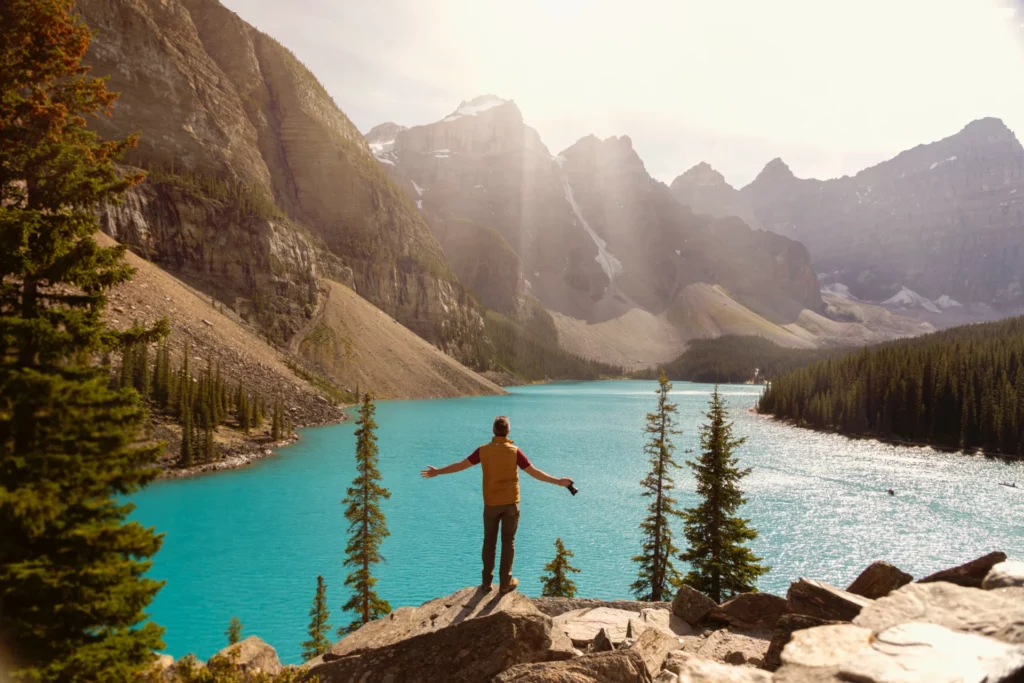
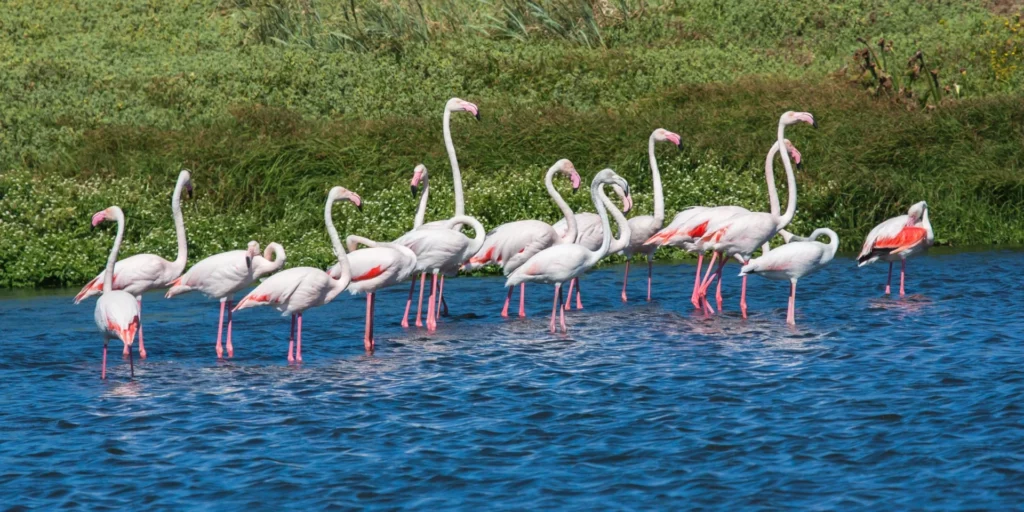
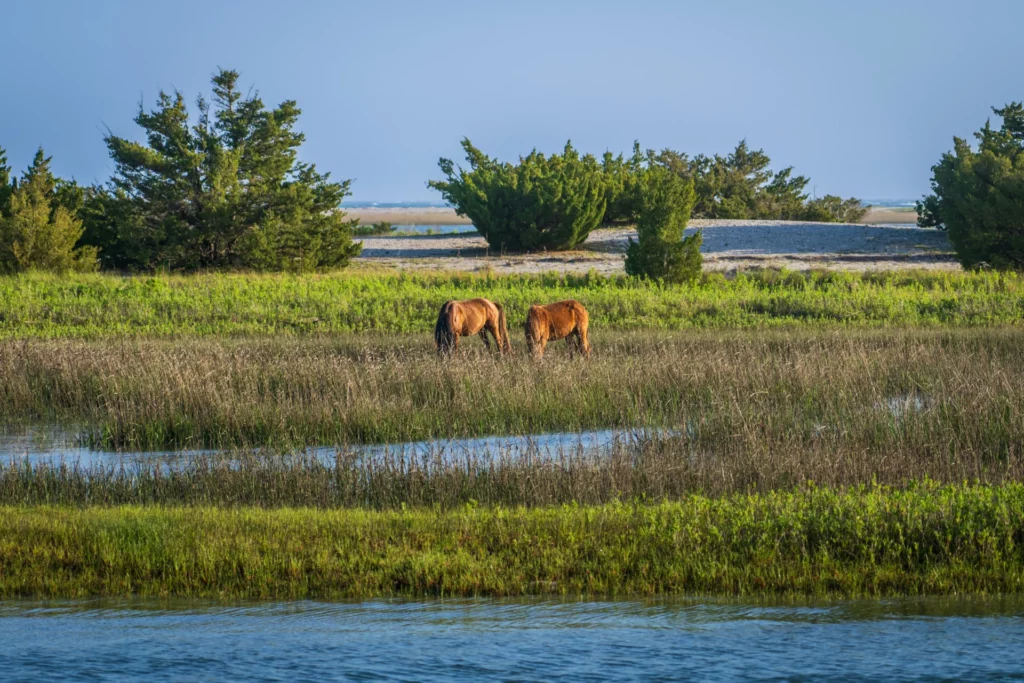
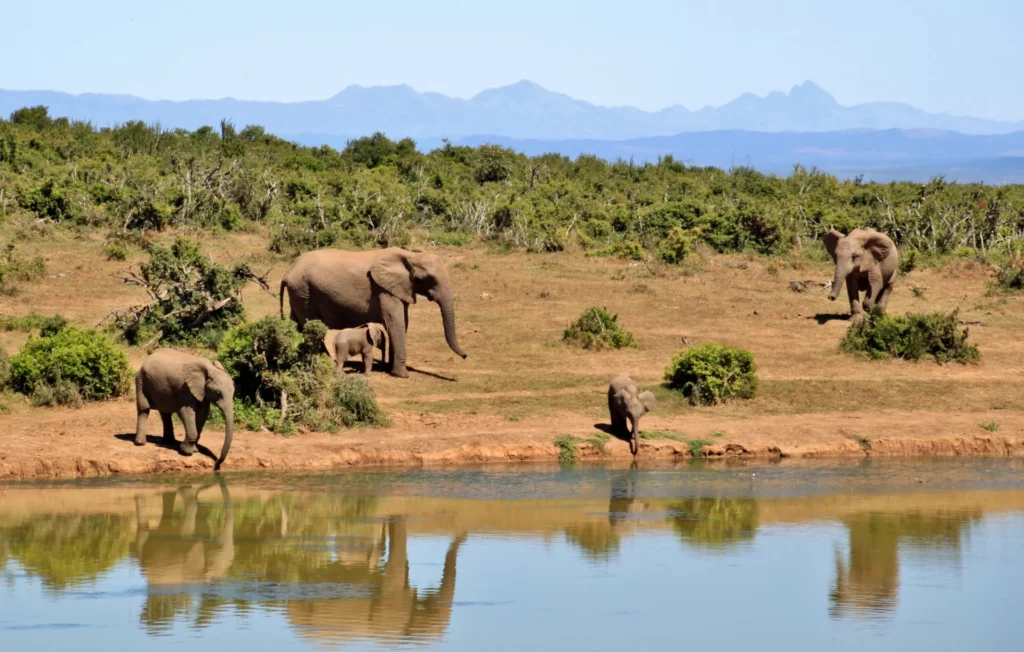
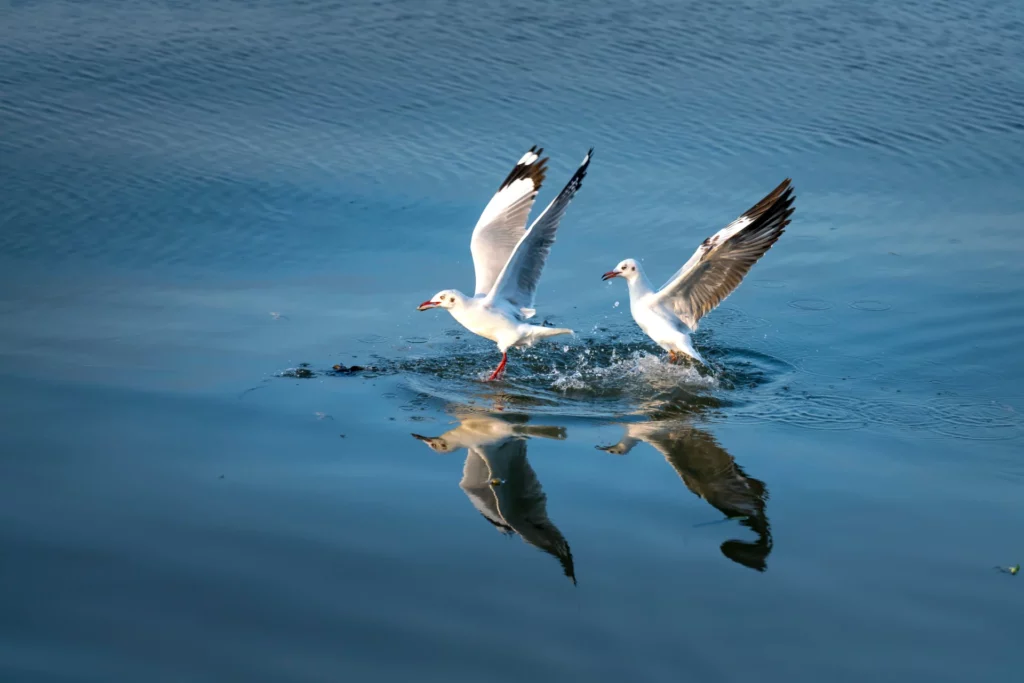
The Refuge’sRefuge’s magnificent scenery and plentiful wildlife present countless opportunities for stunning photographs, whether you’re an amateur or professional photographer. Visitors looking to capture memorable images of the Refuge’sRefuge’s wildlife can explore the area’s trails and picturesque overlooks.
Address: Pottsville, AR 72858, United States
Opens-Closed: 7:30 am-3:30 pm
Phone: +1 479-229-4300
Area: 26.25 km²
Established: 1957
Management: U.S. Fish and Wildlife Service
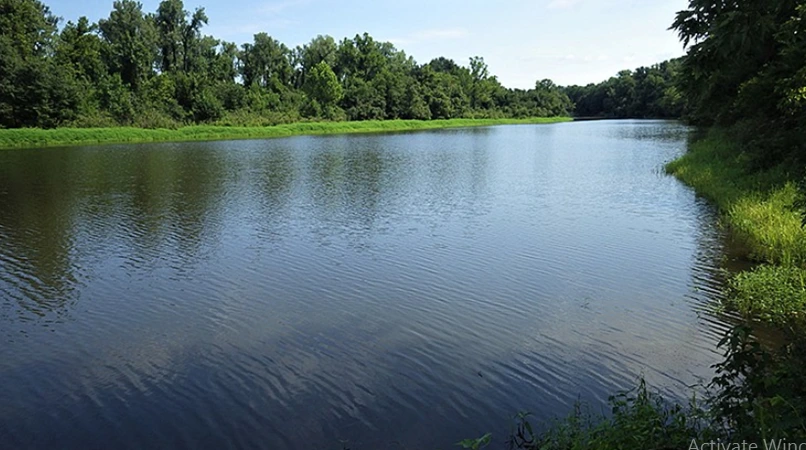

You must be logged in to post a comment.